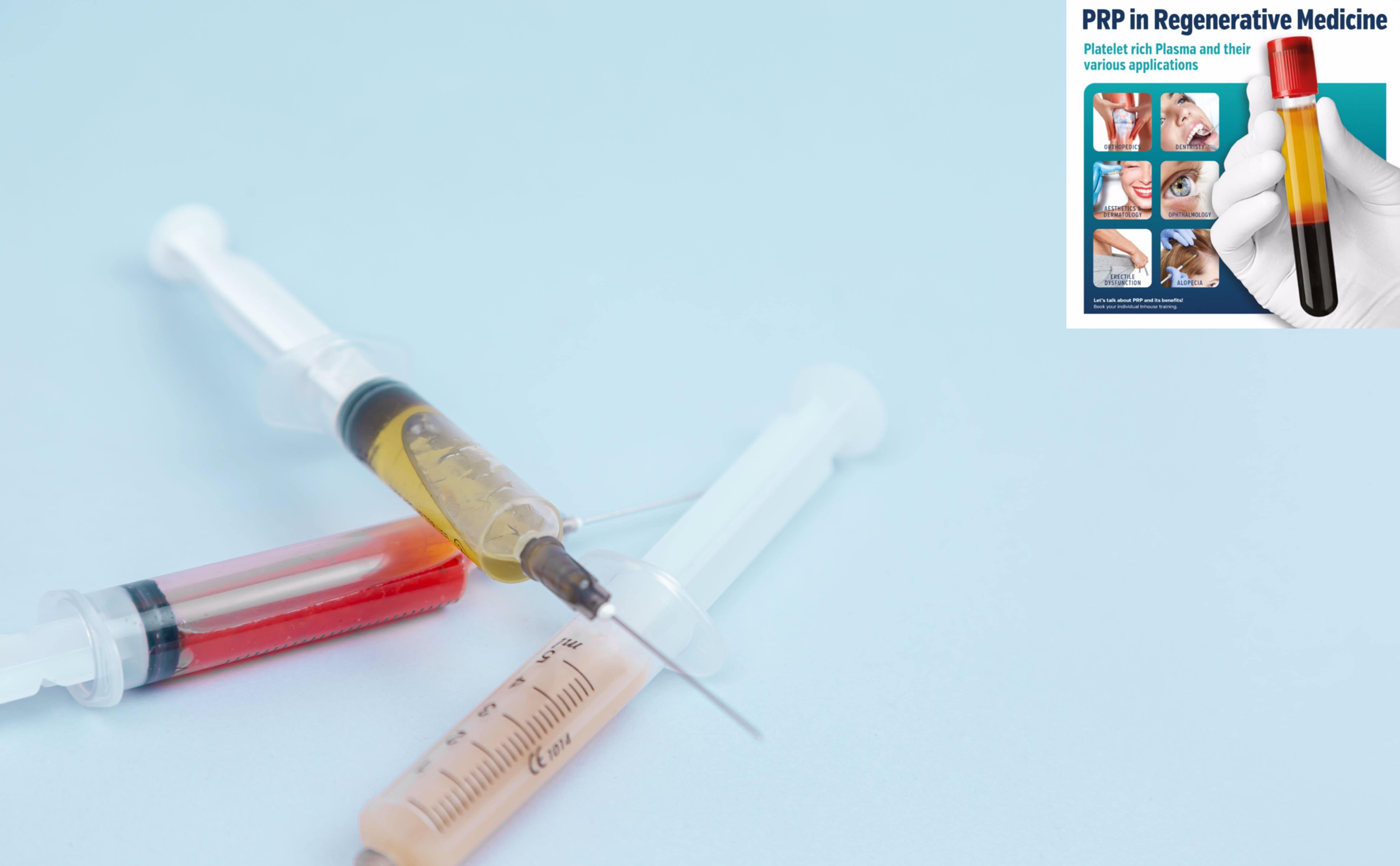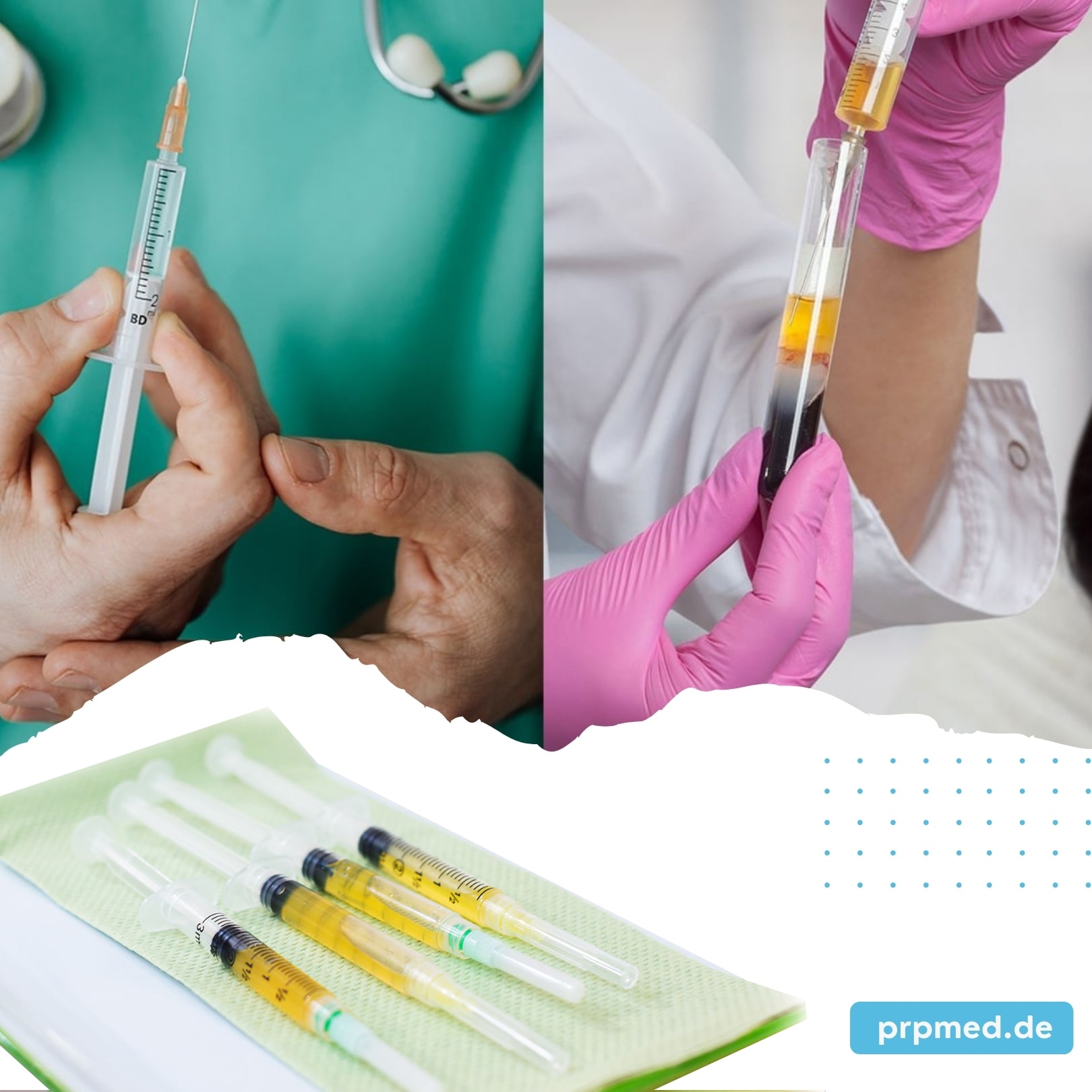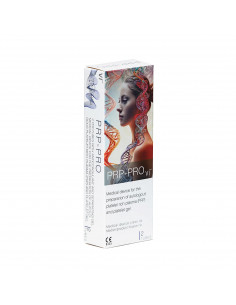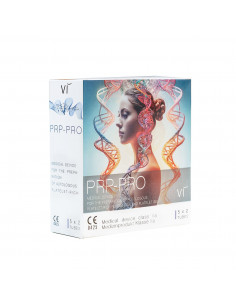Related products
€36.00
VI PRP-PRO Tubes: Revolutionary PRP Technology for Optimal Results
VI PRP-PRO:
Fast & Effective: Faster treatment process and optimal results
Safe: CE-certified, sterile, and validated for medical use
Versatile: Applicable in various medical fields
Areas of Application:
Orthopedics: Bone regeneration, sports injuries
Surgery: Wound healing,...
€131.00
Vi PRP-Pro PRP tubes provide the simplest and most efficient method for obtaining and preparing platelet-rich plasma (PRP) from the patient's blood.







